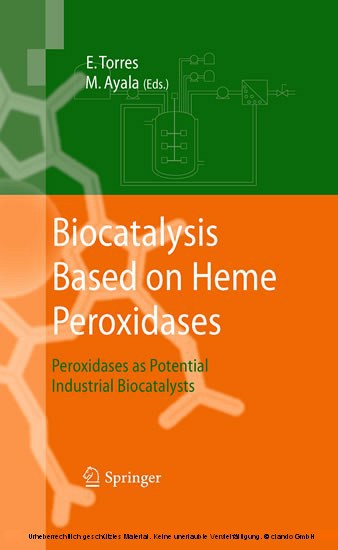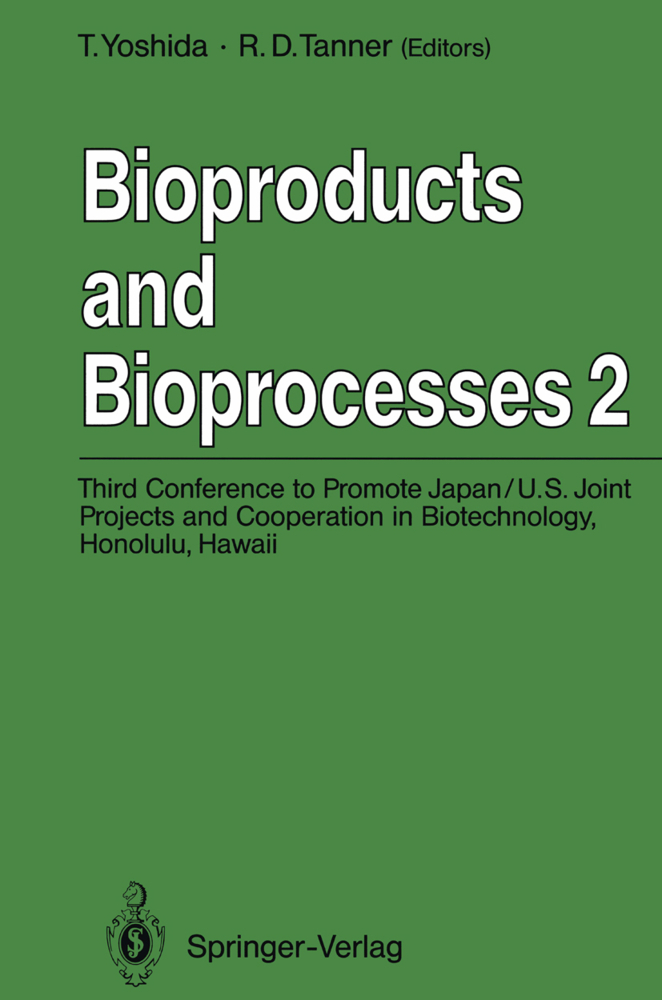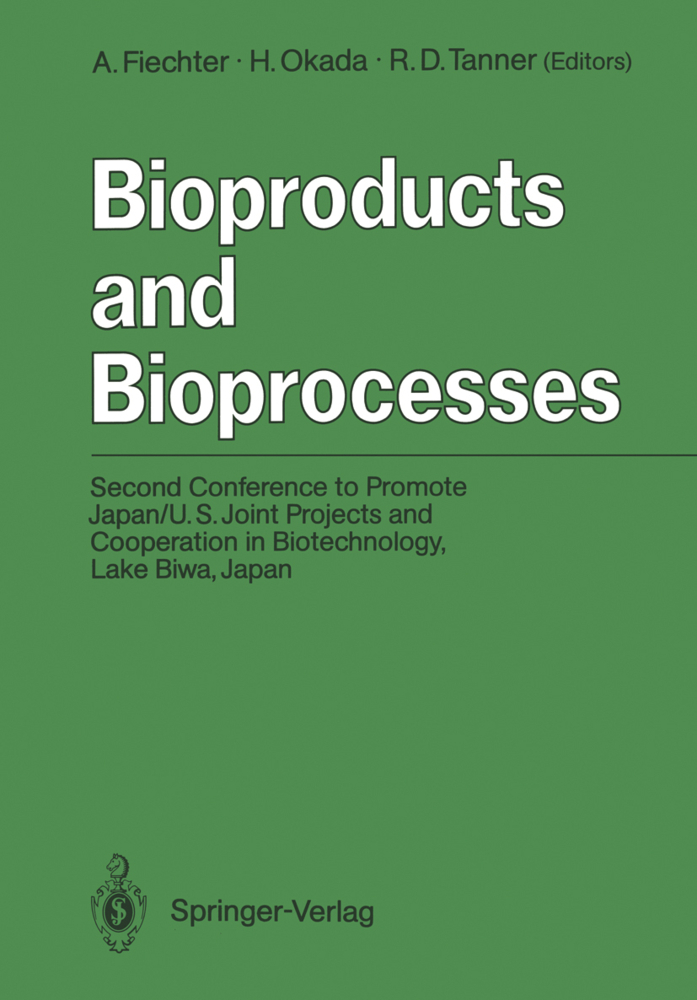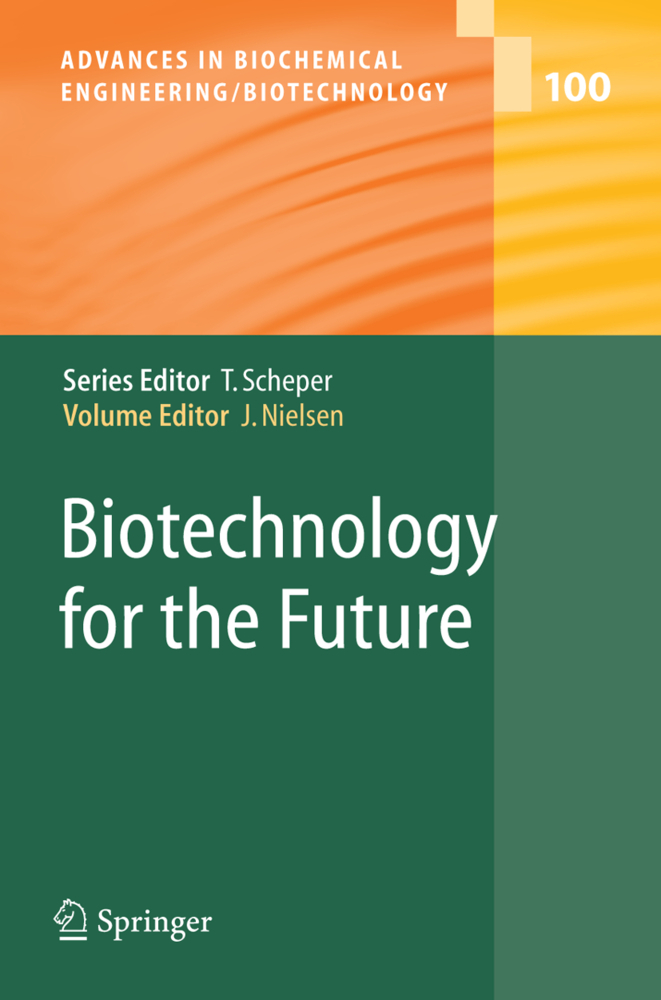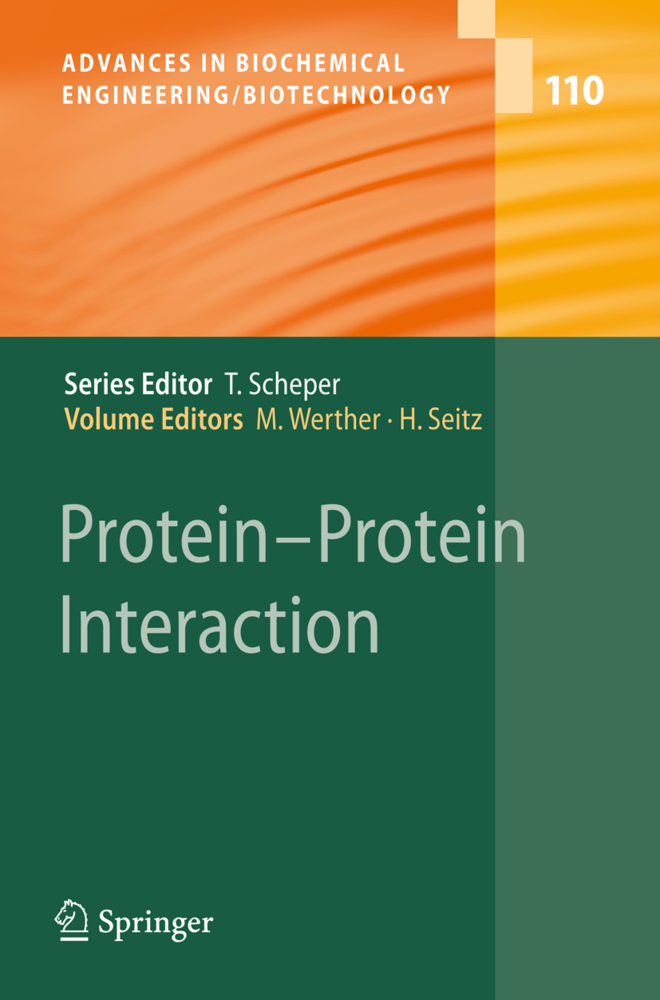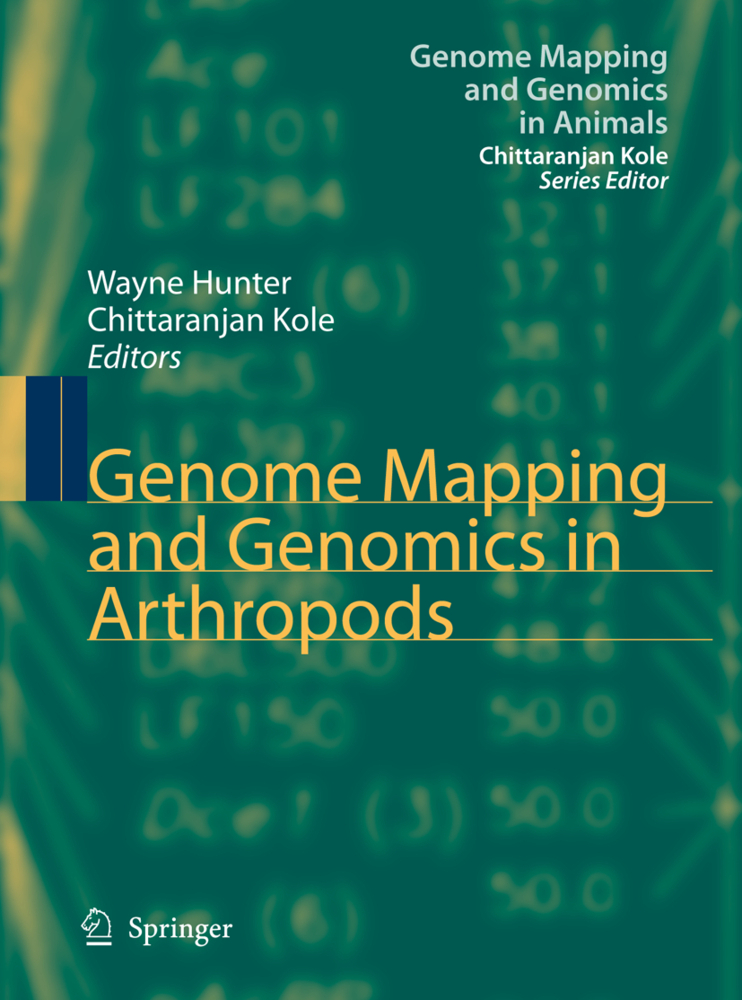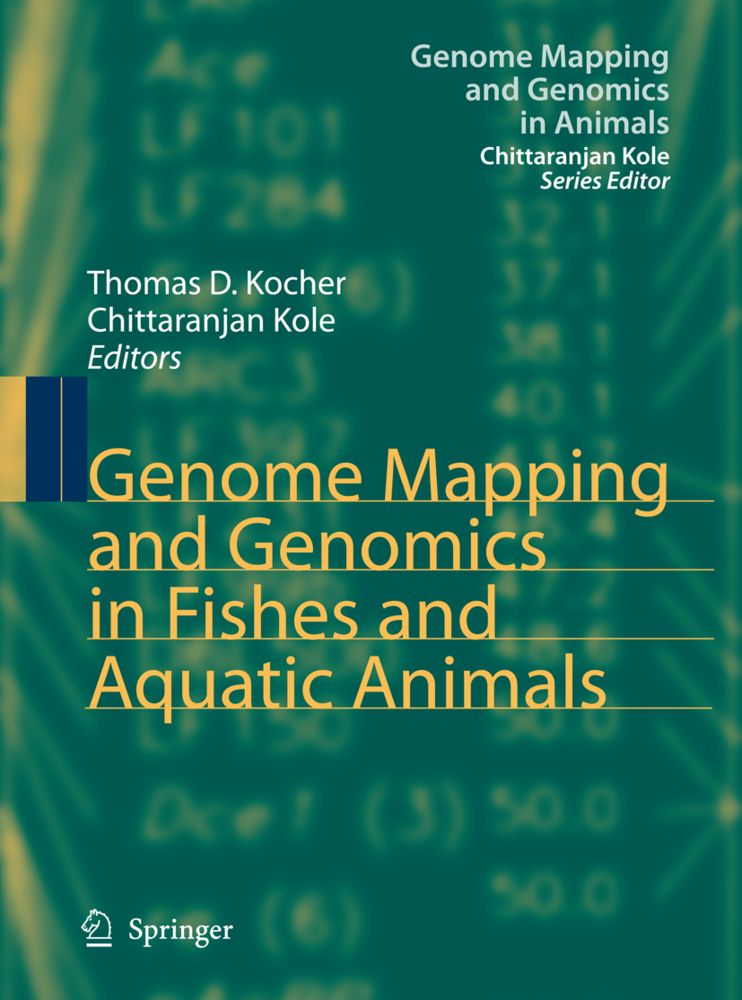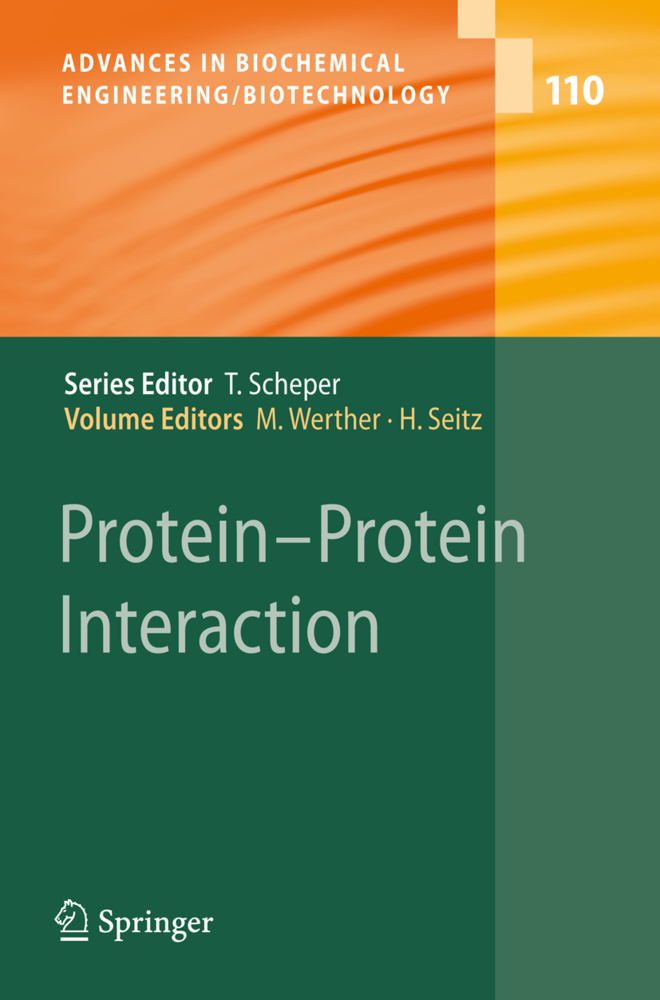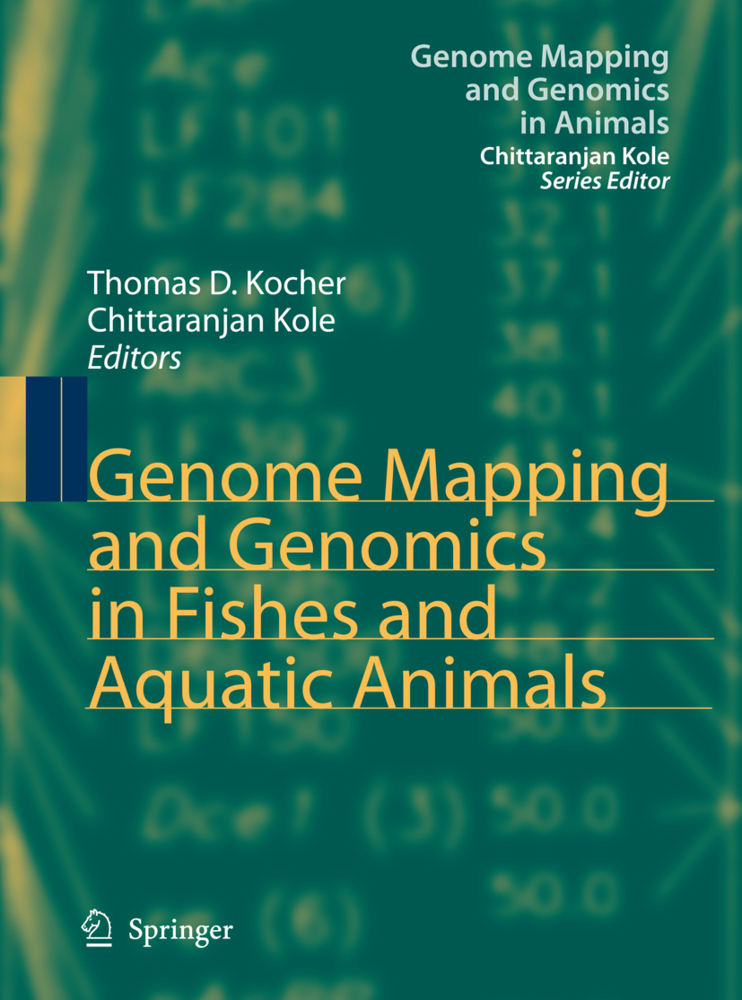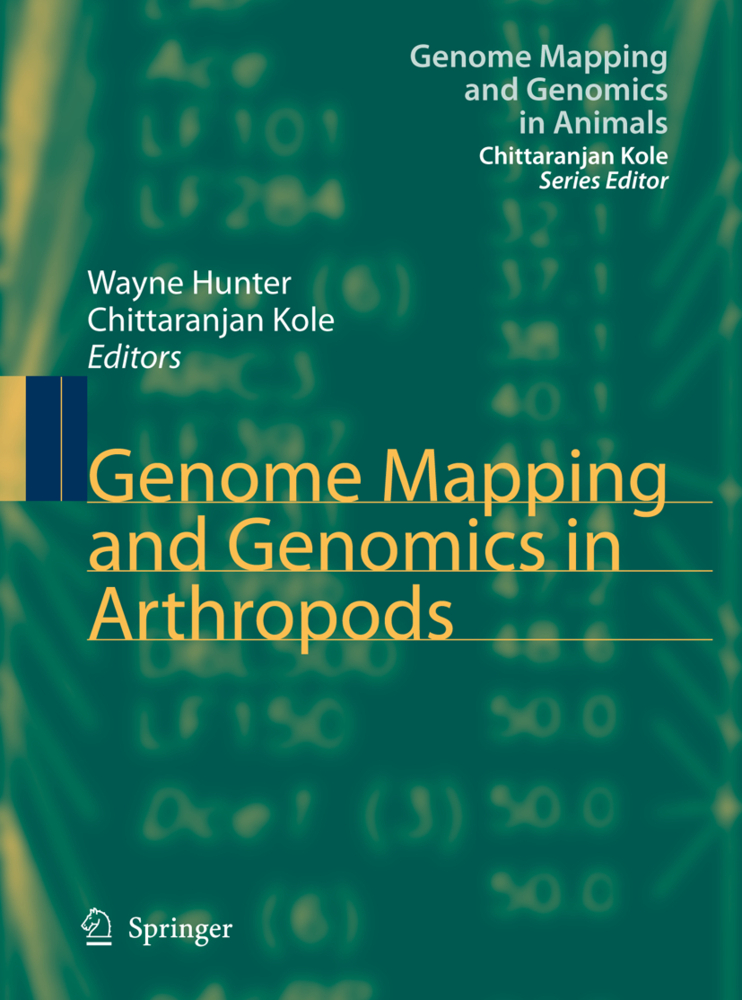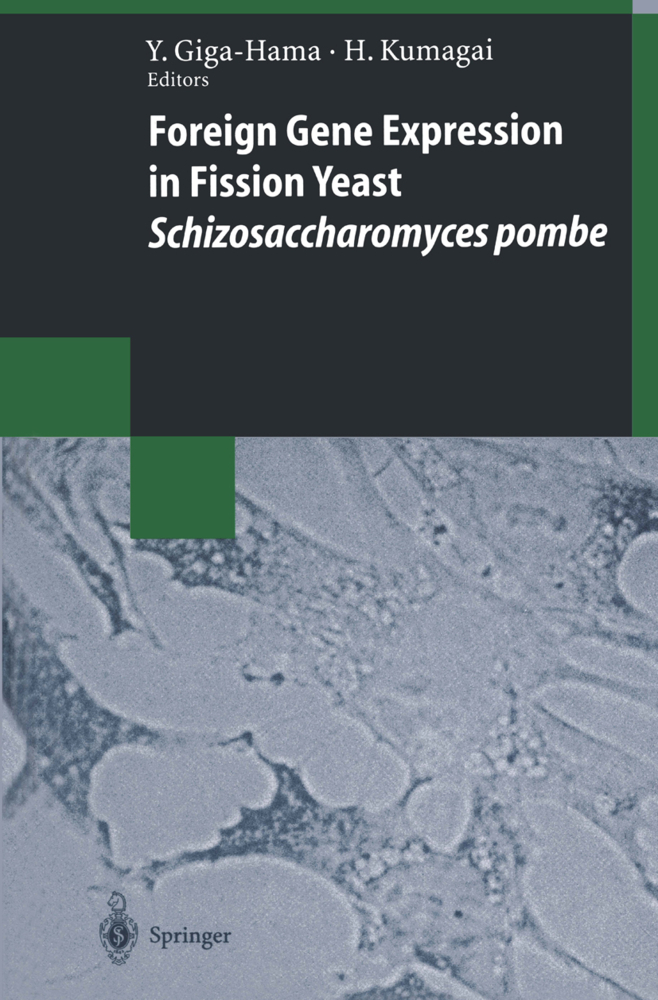Biocatalysis Based on Heme Peroxidases
Peroxidases as Potential Industrial Biocatalysts
This monograph will cover the applications of peroxidase-based biocatalysis in the biotechnology industry. Moreover, a considerable amount of new data regarding the phylogeny, reaction mechanisms, thermodynamic characterization and structural features of fungal and plant peroxidases has been generated in the past 10 years, since the last specialized book on peroxidases was published. The book covers aspects of the biocatalytic performance of peroxidases, their industrial applications, the different methods to improve their functionality, their behavior in catalytic reactors, and the limitations of their application in biotechnological processes. Also included is an appendix in which a vast amount of biological, physical and chemical properties of peroxidases is gathered, with both data of the basal state of the enzymes as well as data of the activated catalytic intermediates, known as Compound I and Compound II.
1;Preface;62;Contents;83;Contributors;104;Chapter 1: Introduction;144.1;References;175;Chapter 2: Molecular Phylogeny of Heme Peroxidases;195.1;2.1 Systematic Classification of Peroxidases;205.2;2.2 The Peroxidase-Cyclooxygenase Superfamily;215.2.1;2.2.1 Bacterial Members: Peroxicins, Peroxidockerins, Primordial Peroxidases;225.2.2;2.2.2 Bacterial, Fungal, and Animal Cyclooxygenases;245.2.3;2.2.3 Ecdysozoan and Echinozoan Peroxinectins;245.2.4;2.2.4 Ecdysozoan and Deuterostomian Peroxidasins;245.2.5;2.2.5 Chordata Peroxidases;285.3;2.3 The Peroxidase-Catalase Superfamily;295.3.1;2.3.1 Class I: Peroxidases;315.3.1.1;2.3.1.1 Catalase-Peroxidases (KatGs);315.3.1.2;2.3.1.2 Ascorbate Peroxidases, Cytochrome c Peroxidases, and Their Putative Hybrid Types;335.3.2;2.3.2 Class II: Manganese, Lignin Peroxidases, and Versatile Peroxidases;355.3.3;2.3.3 Class III: Plant Secretory Peroxidases;355.4;2.4 Di-Heme Peroxidase Family;385.5;2.5 Dyp-Type Heme Peroxidase Family;385.6;2.6 Haloperoxidase Family;425.7;2.7 Conclusions;445.8;References;446;Chapter 3: Structural and Functional Features of Peroxidases with a Potential as Industrial Biocatalysts;486.1;3.1 General Structural Characteristics of Heme Peroxidases;496.1.1;3.1.1 Superfamily of Plant, Fungal, and Bacterial Peroxidases;496.1.2;3.1.2 Superfamily of Mammalian and Other Animal Peroxidases;506.1.3;3.1.3 Other Heme Peroxidase (super)Families;536.2;3.2 Basidiomycete Peroxidases;546.2.1;3.2.1 White-Rot Fungal Peroxidases: Biotechnological Interest;546.2.2;3.2.2 Evolutionary Relationships of Basidiomycete Peroxidases;556.3;3.3 Ligninolytic Peroxidases;576.3.1;3.3.1 Heme Environment;586.3.2;3.3.2 Manganese Oxidation Site;586.3.3;3.3.3 LRET Substrate Oxidation at an Exposed Tryptophan;606.3.4;3.3.4 Influence of the Catalytic Tryptophan Environment;616.4;3.4 Heme-Thiolate Peroxidases;626.4.1;3.4.1 Heme Environment;636.4.2;3.4.2 Substrate Oxidation Sites;646.5;3.5 Dye-Decolorizing Peroxidases;646.6;3.6 Conclusions;656.7;References;667;Chapter 4: Redox Potential of Peroxidases;717.1;4.1 Introduction;717.2;4.2 Redox Potential of the Fe(III)/Fe(II) Couple in Heme Proteins;727.2.1;4.2.1 Thermodynamics of Ferric Heme Reduction;727.2.2;4.2.2 Influence of the Primary Coordination Sphere on Redox Potential;747.2.3;4.2.3 Influence of the Protein Matrix on Redox Potential;757.3;4.3 Redox Potential of Heme Peroxidases;767.3.1;4.3.1 Redox Potential of the Catalytic Species;777.3.2;4.3.2 Modulation of Redox Potential;787.4;4.4 Methods to Measure or Estimate Redox Potential of Heme Peroxidases;817.5;4.5 Conclusions;827.6;References;838;Chapter 5: Catalytic Mechanisms of Heme Peroxidases;888.1;5.1 Introduction;898.2;5.2 Peroxidase Catalytic Cycle;898.2.1;5.2.1 Ferric Peroxidase;918.2.2;5.2.2 Compound 0;928.2.3;5.2.3 Compound I: Porphyrin Radical;928.2.4;5.2.4 Compound I: Protein Radical;938.2.5;5.2.5 Compound II;948.2.6;5.2.6 Compound III;948.3;5.3 Self-Processing of Peroxidases;958.3.1;5.3.1 Protein Modifications;958.3.2;5.3.2 Heme-Protein Crosslinking;978.3.3;5.3.3 Heme Modification by Metabolites;988.4;5.4 Substrate Oxidations;1028.4.1;5.4.1 Oxidative Properties;1028.4.2;5.4.2 One-Electron Oxidations;1038.4.2.1;5.4.2.1 Phenols;1038.4.2.2;5.4.2.2 Aromatic Amines;1058.4.2.3;5.4.2.3 Carbon Oxidation;1068.4.2.4;5.4.2.4 Electron Transfer Relay;1068.4.3;5.4.3 Two-Electron Oxidations;1078.4.3.1;5.4.3.1 Halogenation;1078.4.3.2;5.4.3.2 Oxygen Transfer;1098.4.3.3;5.4.3.3 Sequential One-Electron Oxidations;1098.5;5.5 Conclusions;1108.6;References;1119;Chapter 6: Potential Applications of Peroxidases in the Fine Chemical Industries;1189.1;6.1 Selective Oxidations Catalyzed by Peroxidases;1189.1.1;6.1.1 Introduction;1189.1.2;6.1.2 Reactions Driven by Radical Mechanisms;1219.1.2.1;6.1.2.1 Oxidation of Phenols (oxidative dehydrogenation of phenols);1229.1.2.2;6.1.2.2 Oxidation of Amines;1279.1.2.3;6.1.2.3 Oxidation of Catechols;1289
| ISBN | 9783642126277 |
|---|---|
| Artikelnummer | 9783642126277 |
| Medientyp | E-Book - PDF |
| Copyrightjahr | 2010 |
| Verlag | Springer-Verlag |
| Umfang | 358 Seiten |
| Sprache | Englisch |
| Kopierschutz | Digitales Wasserzeichen |

